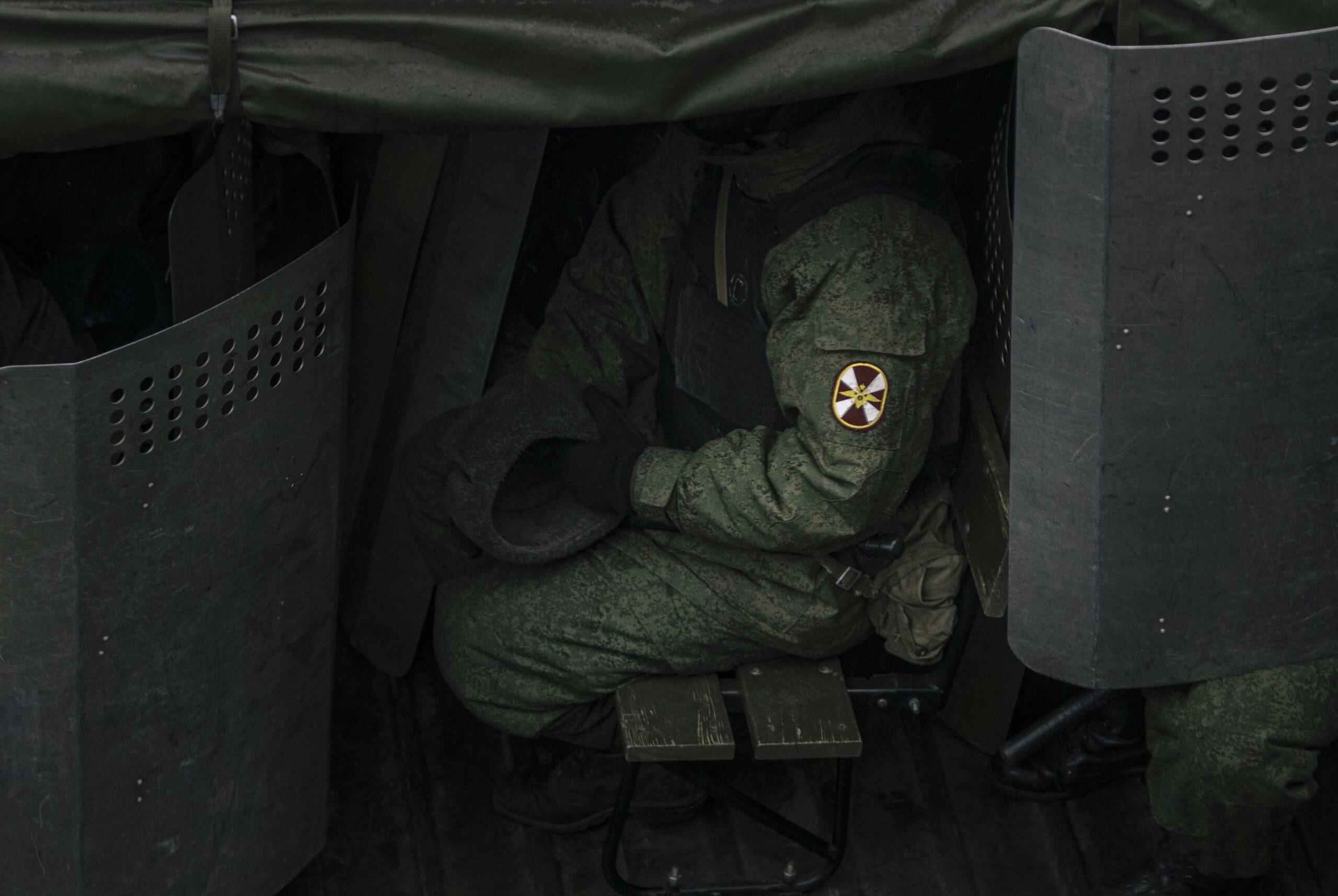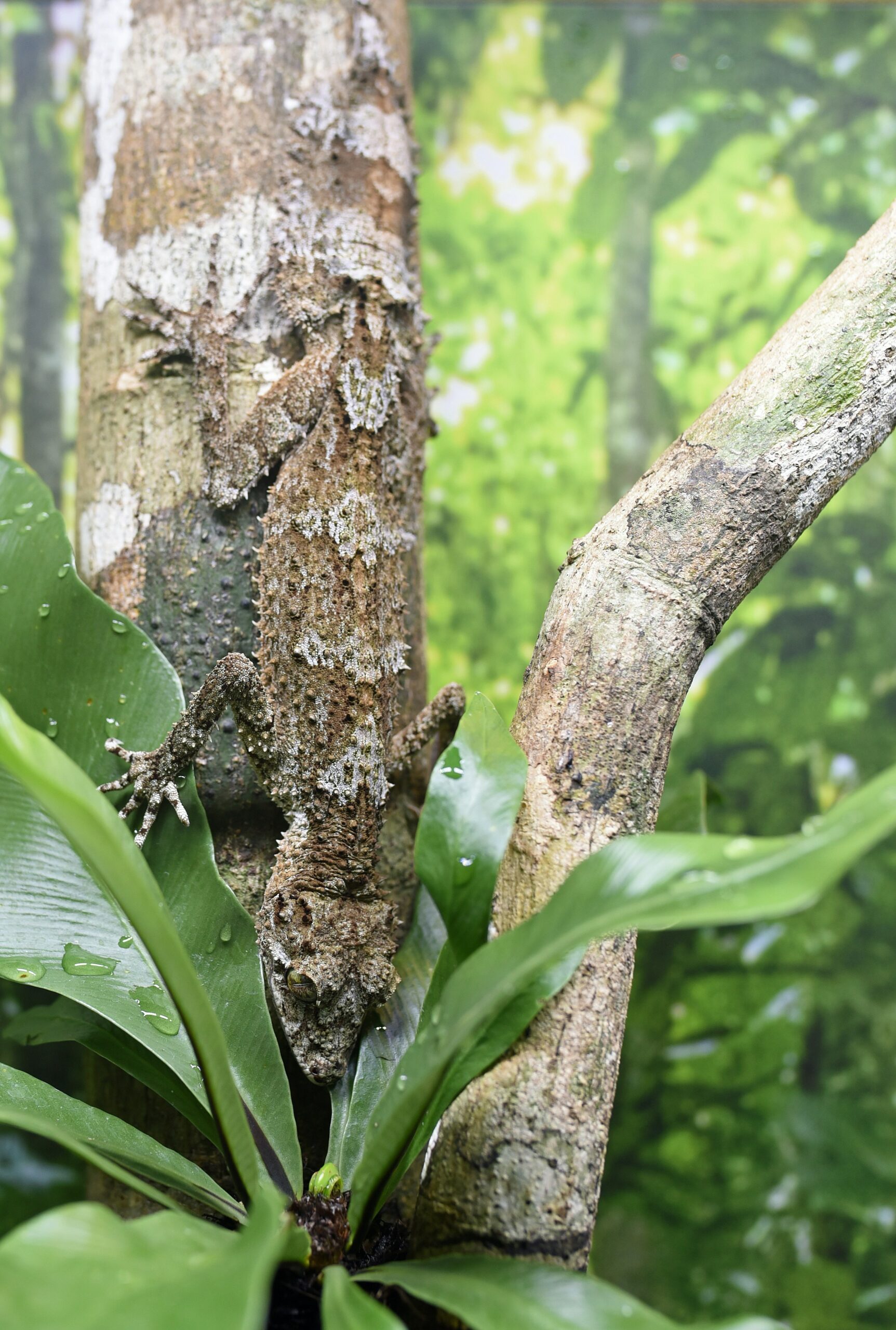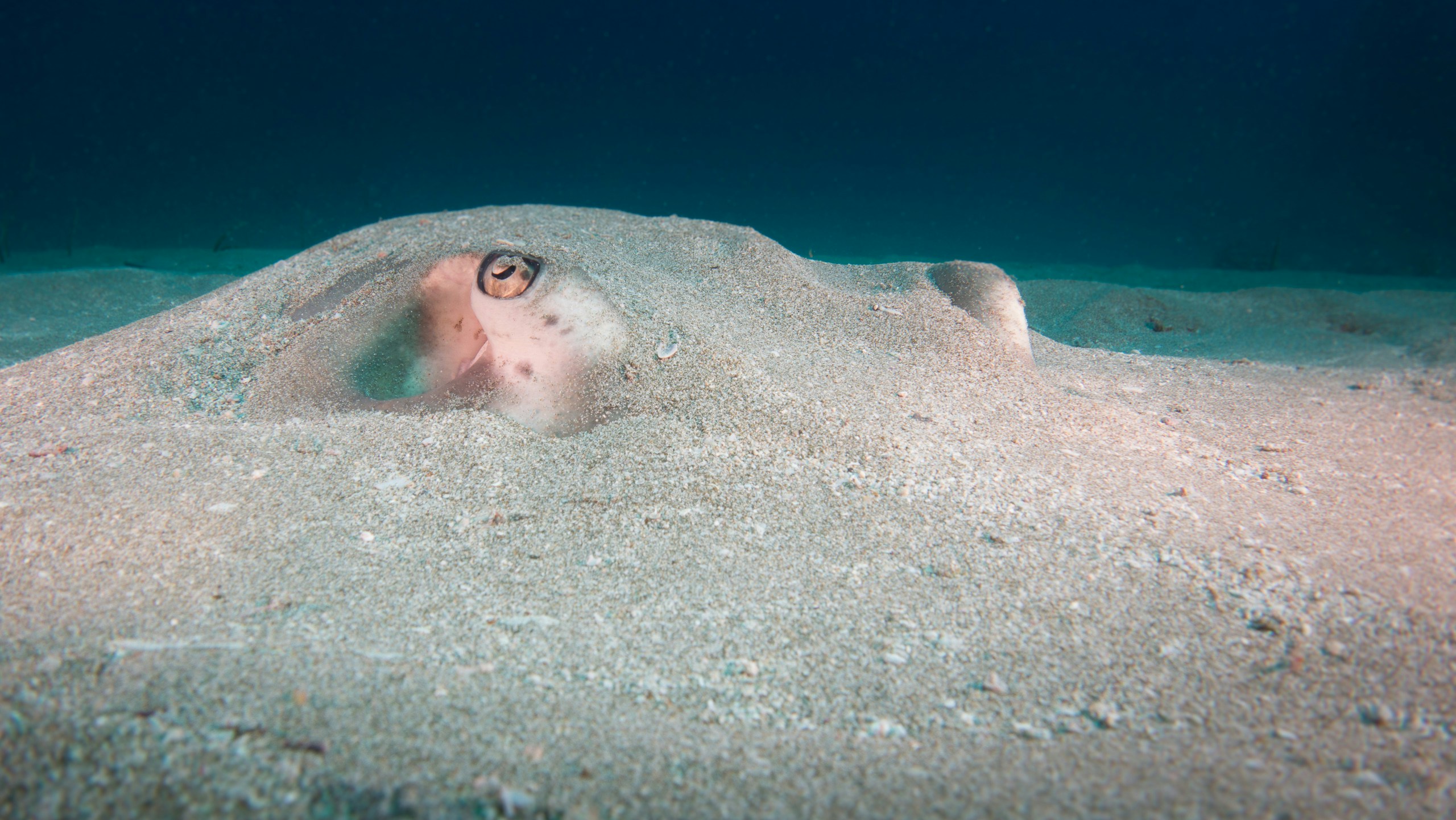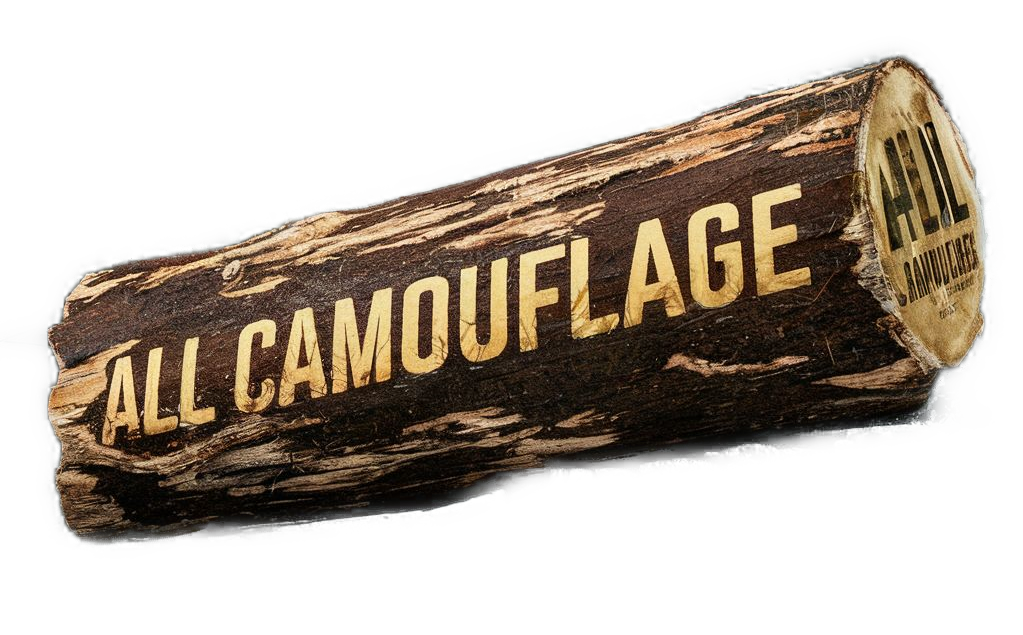Have you ever wondered if camouflage gear could be your secret weapon when trying to avoid capture in a survival situation? It’s a curious thought, especially considering how many movies and television shows feature characters seamlessly blending into their surroundings. You might find yourself asking, “Does wearing those olive drabs or leafy patterns actually make a difference, or is it just good for a Hollywood spectacle?”
The Art and Science of Camouflage
Camouflage is both an art and a science, intricately woven together to create visual illusions that deceive observers. It works by confusing the human eye, making the wearer blend in with their surroundings. This blending often relies on patterns, colors, and sometimes even textures. The goal is to trick the observer into seeing nothing unusual or alarming—in essence, to become part of the background scenery.
How Camouflage Works
To understand how camouflage gear can help, it’s essential to know the principles behind it. Camouflage typically employs two main techniques: blending and disruption. Blending helps you match your surroundings, while disruption breaks up your silhouette, making you harder to recognize.
Blending
This technique involves wearing colors and patterns that match the environment. As you might expect, a green-and-brown outfit works much better in a forest than a bright yellow one. By blending in, you reduce the likelihood that someone will notice you.
Disruption
This goes beyond color and pattern. Disruption involves breaking up your outline, making it difficult for an observer to discern your shape. Camouflage designs often feature irregular patterns to help achieve this. It’s like an optical illusion for your entire body.
Historical Use of Camouflage
Camouflage has been in use for centuries. It first gained noticeable recognition during World War I, when military strategists began to understand the benefits of concealing troops and equipment. Since then, military organizations worldwide have developed numerous camouflaged outfits adapted for different terrains—desert, jungle, urban settings, and more.
Camouflage Gear in Survival Situations
The question remains: does camouflage gear make a difference in survival situations? When you’re walking that precarious tightrope between safety and peril, you need every advantage you can muster.
Psychological Impact
Wearing camouflage can provide a psychological boost. It can increase your confidence in your ability to remain unseen, which could be crucial in a high-stakes situation. Confidence, after all, often leads to better decision-making and sharper instincts.
Practical Applications
In a survival situation, especially one where you might be pursued, camouflage can be a literal lifesaver. When you’re evading capture, every second matters, and anything that buys you time is invaluable. Whether you’re hiding from wildlife or people, good camouflage can significantly aid your chances of staying hidden.
Modern Camouflage Options
Today’s market offers a wide array of camouflage gear, ranging from inexpensive basics to high-tech options incorporating infrared and heat-reduction technologies. Selecting the right gear depends on where you are and what threats you face.
| Camouflage Type | Suitable Environment | Notable Features |
|---|---|---|
| Woodland | Forests | Greens and browns, leaf patterns |
| Desert | Arid regions | Sandy colors, large blotchy patterns |
| Urban | Cities and towns | Grayscale or muted colors, angular lines |
| Snow | Snow-covered landscapes | Whites, grays, very few patterns |
| Multicam | Diverse environments | Adaptive patterns and colors |
The Importance of Environment
The environments you’re trying to blend into dictate the type of camouflage you should use. A snowfield calls for entirely different attire compared to an arid desert. Each environment has its specific visual cues you’ll need to take into account to effectively hide.

Drawbacks and Limitations
While camouflage can be a valuable tool, it’s not foolproof. It has limitations and should be part of a broader strategy rather than your only option for staying hidden.
Overreliance on Camouflage
There’s a risk of becoming too reliant on camouflage. The gear does not guarantee invisibility, and assuming it does can lead to overconfidence. It’s imperative to use camouflage as just one aspect of your overall concealment strategy.
Movement and Noise
Even in the most perfect camouflage, movement and sound can betray you faster than your clothes ever could. Your best bet is to remain as silent and still as possible. Achieving this involves practicing movement as an art—becoming conscious of every footstep and breath.
Camouflage in Various Survival Scenarios
Camouflage has various applications, from military and hunting to leisure activities like paintball. Understanding these can give you insights into potential uses in survival.
Military
Often considered the origin of modern camouflage, military applications have refined the craft to an art form. Soldiers undergo rigorous training to use their surroundings effectively, using both their gear and natural resources to remain undetected.
Hunting
Hunters have long utilized camouflage to get closer to their prey. They rely on gear that helps them merge seamlessly into their surroundings, allowing them to observe animals closely without being detected.
Wildlife Observation
Similar to hunting, those interested in observing wildlife can benefit from good camouflage to avoid disturbing animals. This can lead to more rewarding experiences and a deeper understanding of natural behaviors.
Survival Training
Many survival training programs incorporate camouflage techniques into their curricula. These skills are taught not only for their practical utility but also for the confidence and self-reliance they build in participants.

Techniques Beyond Clothing
While attire is crucial, camouflage isn’t limited to clothing. Various techniques involve using natural surroundings and even technology to enhance concealment.
Natural Camouflage
Utilizing mud, leaves, and branches to further blend into the environment can prove beneficial. This technique has been used throughout history and remains effective in various scenarios.
Technological Advancements
Advances in technology have introduced remarkable camouflage options, such as ghillie suits—another layer of camouflage that incorporate netting and natural foliage. Some advanced military applications even include adaptive materials that change color or temperature, aiming to match surroundings closely.
The Ethics of Camouflage Use
In scenarios where human interaction is a factor, ethical considerations come into play. When using camouflage, one must constantly ponder if avoiding detection could escalate conflicts or lead to misunderstandings.
Camouflage and Fair Play
In activities like hunting and sports, there’s debate over what constitutes an ethical use of camouflage. Some argue that overly advanced gear offers an unfair advantage, skirting the natural challenge of the activity.
Avoiding Harm
Finally, there’s the ethical imperative to avoid inadvertently causing harm. For instance, blending too well into a roadway or populated area could present a safety issue. Knowing when and where to use camouflage is key to ethical and responsible practice.

Tools and Skills to Complement Camouflage
For camouflage to be most effective, it often needs to be paired with other skills. These may include understanding animal behavior, landscape navigation, and even basic survival techniques.
Map and Compass Skills
In a survival situation, knowing how to use a map and compass or GPS device could be as crucial as staying hidden. Accurate navigation can keep you on the safest routes.
Understanding Animal Behavior
Knowing local wildlife and their behaviors allows you to use camouflage more strategically, both in evading threats and making the most of your environment.
Survival Basics
Competence in building shelters, finding food, and maintaining health are all part of a robust survival strategy. Camouflage gear is a tool, but the wider toolkit matters.
Conclusion
Camouflage gear offers significant benefits for those looking to evade capture in survival situations. While it’s incredibly useful, it should not be treated as a magic cloak of invisibility. Instead, consider it a valuable tool in a comprehensive suite of survival strategies. You’ll need to think beyond fashion—consider your skills, your environment, and your ethical choices to become a true master of disguise. Imagine yourself in that tough situation, blending into the world around you, confident in your preparation and skills. Could you stay hidden? Only time, practice, and the right gear will tell.

